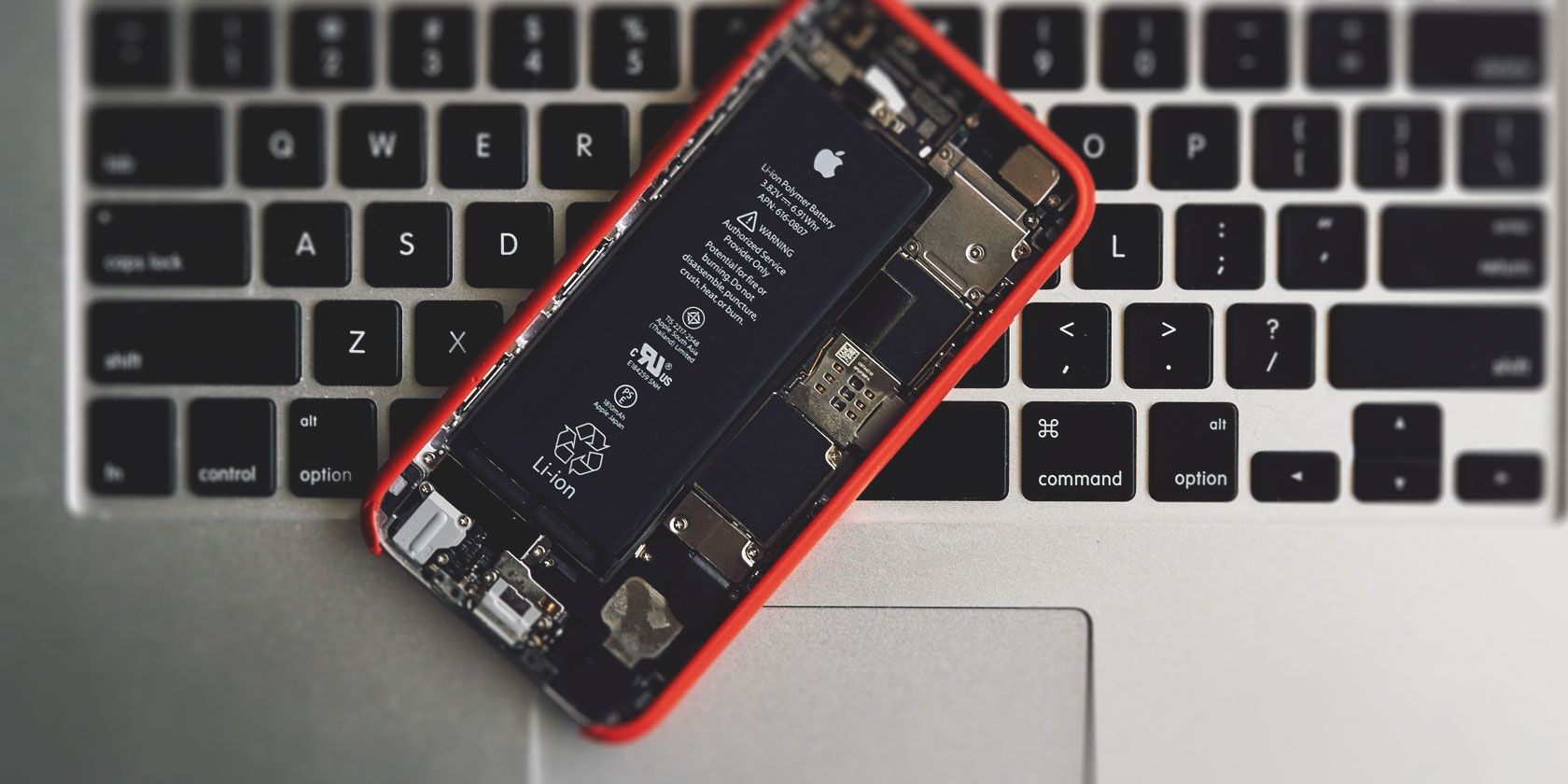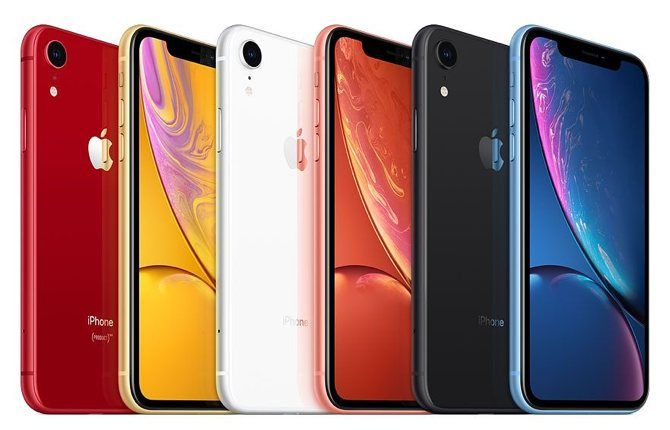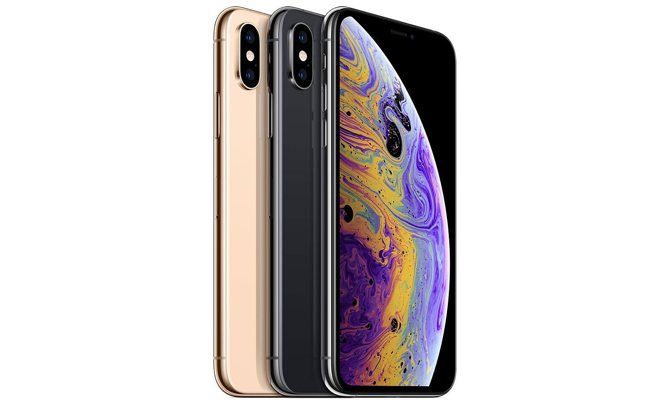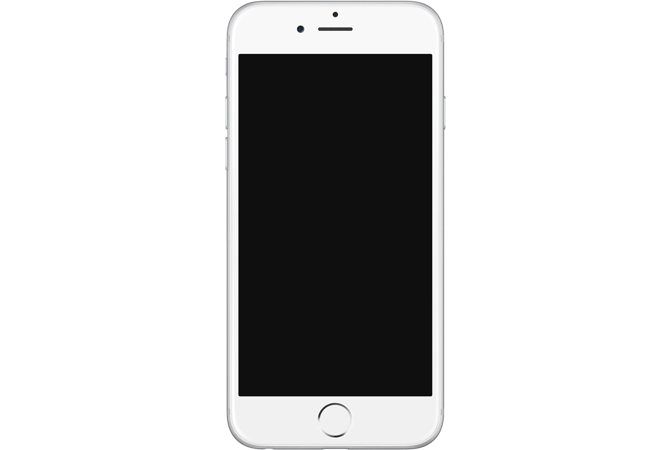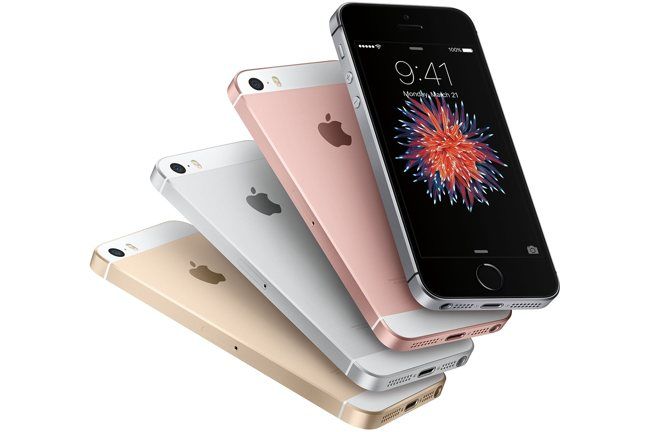The iPhone isn't ubiquitous---chances are good that you have plenty of friends and family using Android phones. That said, it is iconic. Fewer phones enjoy the brand recognition that an iPhone does, from the looks to the recognizable ring and text tones.
Apple often proudly boasts of its history in California. This ranges from the names of macOS versions to the message on the back of the box your iPhone arrived in: "Designed by Apple in California." Where are iPhones actually made though?
The Short Answer: iPhones Are Made in China
You might think the answer might be right next to the message telling you where the iPhone is designed. It says, "Assembled in China." What does that actually mean?
Chances are good that Foxconn manufactured your iPhone, most likely in China. However, it's not that simple. Not only does Foxconn have factories around the world in countries including Thailand, South Korea, Malaysia, Singapore, the Philippines, and the Czech Republic, but it's not the only company that assembles iPhones.
Pegatron also manufactures iPhones and has been doing so for quite some time. The company reportedly produced 30 percent of iPhone 6 models, according to AppleInsider.
The Long Answer: It Depends
There's a key term on Apple's boxes: assembled. While Foxconn and Pegatron assemble iPhones, they're putting them together from parts. Where do those parts come from?
There's no one place that Apple sources all its parts from. Depending on the type of part, Apple may even source it from different manufacturers. This is especially true for key parts of the iPhone.
What Apple Product Comes From Where?
Apple sources its parts from manufacturers located all over the world. Back in 2017, Macworld tracked many of them down. We may not have listed every single company Apple sources parts from below, but we've collected a good number of them.
Processors
At the heart of every iPhone lies an A-series processor, holding much of its key functionality. Apple relies on two companies for this. Samsung, based in South Korea, is one of these companies. TSMC, based in Taiwan, also manufactures A-series processors. The company also has locations in China, Singapore, and the US.
For the audio chips, Apple relies on Cirrus Logic. This company is based in the US but has locations in China, South Korea, Taiwan, Japan, Singapore, and the United Kingdom.
Camera
Apple relies on a few different companies for its cameras, depending on which phone you use. Sony, based in Japan, has produced many of its rear-facing cameras. OmniVision, based in the US, has produced FaceTime cameras but subcontracts much of this work to TSMC. Qualcomm has also supplied cameras for iPhones.
LCD
Due to how in-demand they are, Apple turns to at least two companies for its LCDs. One is LG, which based in South Korea but also has locations in Poland and China.
The other LCD manufacturer is Sharp. This brand is based in Japan but has locations in 13 other countries.
Touchscreen Controller
The touchscreen controller handles how you interact with your phone. Broadcom supplies this hardware for Apple. The company has its headquarters in the US but manufactures in several other locations. These include India, China, Taiwan, Singapore, and South Korea, as well as western locations like Israel, Greece, Belgium, France, The Netherlands, and the United Kingdom.
Touch ID
More devices rely on Face ID now, but plenty of people still use Touch ID-powered iPhones. This hardware is supplied partially by TSMC, which seems to provide several parts to Apple. Xintec is another company that handles Touch ID hardware. This company is based in Taiwan.
Glass
You may be familiar with the term Gorilla Glass, which the iPhone uses alongside many popular Android phones. The US-based Corning manufactures Gorilla Glass. This is another company with several locations, including Australia, Belgium, Brazil, China, South Korea, Malaysia, Mexico, the Philippines, Russia, Singapore, South Africa, Turkey, the United Arab Emirates, and others.
Wi-Fi & Cellular Networks
For the baseband cellular chip, Apple uses Qualcomm. This company has its home base in the US. That said, it outsources manufacturing to many other locations across dozens of countries.
Murata supplies the Wi-Fi chip. This is another company based in the US with locations all over the work. These include Japan, South Korea, Thailand, Malaysia, the Philippines, Vietnam, Taiwan, India, Mexico, Brazil, Canada, and several countries in Europe.
Storage
Storage is another important aspect of the iPhone, and it's one on which Apple relies on two companies for. One is Samsung, which also supplies Apple's A-series processors, based in South Korea,
The other flash memory supplier is Toshiba. This company is based in Japan but has locations in more than 50 other countries.
Battery
While it doesn't supply much core functionality, your battery is one of the most important parts of your phone. Without it, you've got nothing.
This is another part that Samsung supplies, but that company isn't the only supplier. Sunwoda Electronic, based in China, also manufactures batteries for iPhones.
Apple has run into trouble over its batteries in recent years, slowing down iPhones over time to alleviate symptoms caused by aging batteries. Are you worried about your battery's lifespan? Take a look at our guide to calibrating your iPhone's battery.
Accelerometer, Compass, and Gyroscope
The accelerometer determines several factors, including whether you're driving or not. Bosch Sensortech manufacturers this part. Bosch has its headquarters in Germany. The company also has locations in the US, China, Japan, South Korea, and Taiwan.
AKM Semiconductor manufactures the compass, which helps with navigation. This company is based in Japan but has locations in France, England, China, South Korea, Taiwan, and the US.
STMicroelectronics supplies the gyroscope. This company is based in Switzerland, with locations in more than 30 countries.
Want to Prolong Your iPhone's Life?
Looking at the above list, you'll notice that each iPhone has several parts from around the world. On the good side, this helps keep people employed, but it has significant geological and environmental impact. So, you might want to keep your iPhone a little longer before you upgrade.
If you want to keep your phone alive for as long as possible, make sure to maintain it regularly. If you're not sure what that entails, check our iPhone maintenance tips. And make sure you know what iOS is, too.

